The sea ice of the Arctic and Antarctic is a unique habitat for a host of organisms, which can be found on its surface, in the brine channels that permeate it, or on its underside, in the boundary layer between the ice and water. The plants and animals that live here have to be specially adapted to the harsh climate and must be able to cope with sea-ice cover, low temperatures and fluctuating salinity. In addition, light conditions can vary radically: during the Polar Night, the sun never reaches the polar regions; during the Polar Summer, it fills the sky round the clock. As such, the native algae are subject to major seasonal changes in light conditions. Since they can neither grow nor reproduce in the dark, in the dark phase the production of biomass (referred to as primary production) is substantially lower than in other waters. For organisms that feed on algae, this means they have to get by with extremely limited food sources.
We know that the biodiversity in the Arctic and Southern Oceans is immense (Figure 1). We still don’t have exact numbers, because major expanses of the polar deep sea remain unexplored and comprehensive species surveys remain difficult to conduct. The denizens of the Arctic and Antarctic include tiny organisms like bacteria, archaea and microalgae, invertebrates, fish, seals and whales, while penguins and polar bears live on the surface of the ice. These species fill a variety of niches. Some live on the ice, others at the edge of sea-ice-covered areas, and some below the ice. In addition, the sea ice offers an important habitat for countless marine bird species, one that interacts with these seabirds in various ways. On the one hand, the sea ice offers them access to a reliable food web connected to the habitats of the ice; on the other, it can be a physical barrier between them and their food. In other words, too much ice, ice in the wrong place, or ice in the right place but at the wrong time can be devastating for seabirds when they are completely dependent on finding food among the seasonally frozen sea ice. Consequently, many avian species follow the movement of the sea ice throughout the year.
“Habitat Sea Ice”: expanding our information products
By expanding the available information products on “sea-ice knowledge” at meereisportal.de, we can finally respond to a request that has long-since and repeatedly been expressed to the team: to complement information on the physical world and climatic aspects of sea ice with the important field of sea-ice biology. After all, both fields are vital to addressing questions on climate change in this unique and highly specialised ecosystem. “We’ve been working to integrate sea-ice biology into our products for some time now. But the complexity of the topic and our daily duties have kept us from completing the project. With the invaluable support of many colleagues who checked the texts’ correctness and topicality, created graphics and figures, and shared photographs, we’ve now finally managed to make the vision a reality,” reports Dr Renate Treffeisen, Head of the Climate Office for Polar Regions and Sea Level Rise at the AWI and the initiator of this expansion. “If our goal is to better understand the climate system and ecosystem of the polar regions in order to make more accurate forecasts, interdisciplinary collaboration is the only way. Our studies combine more and more p hysical and biological investigations, as this is the only way to analyse the interactions. I think it’s wonderful that the sea-ice portal will now be supplemented with this important biological component,” says Dr Marcel Nicolaus, a sea-ice physicist at the Alfred Wegener Institute whose work especially focuses on processes at the sea-ice/ocean boundary layer, with regard to the new content. Dr Ilka Peeken, a sea-ice biologist at the AWI who has been studying the sea-ice ecosystem in the polar regions for years, describes the addition as follows: “Most people can hardly imagine that any life exists within the ice. But in reality, the organisms that grow there are an important element of the food chain in polar marine ecosystems, reaching to the penguins and polar bears. Accordingly, I’m happy to see that the sea-ice biology section of ‘sea-ice knowledge’ will now include this complex aspect.”
Structure of the section
The “sea-ice biology” section chiefly addresses three main topics: sea ice as habitat, connections between the sea ice and pelagic environment and sea-ice ecosystems and climate change. In turn, each of the three topics is divided between the Arctic and Antarctic, since each polar region has its own unique features and biodiversity. The texts are structured so as to convey the most important basic facts, while also referring to literature for further reading. In this way, readers are to gain a basic understanding of, and first come into contact with, the complex topic. “With the new section, we hope to make meereisportal.de even more appealing, and by doing so, to give readers a better grasp of the habitat in the polar regions and the effects of climate change, especially on this highly specialised ecosystem, while also making them aware of the habitat’s vulnerability and the risks posed by the worsening global warming,” says Dr Klaus Grosfeld , co-founder of meereisportal.de, with regard to the idea behind expanding the information portal. The new section is intended for everyone, but especially schoolchildren and university students who are interested in sea-ice research and the polar regions, and who want to use their basic understanding as a point of departure for further research and study . First launched as an information and data portal in 2014, meereisportal.de has since established itself as a central knowledge platform.
Many colleagues have contributed their expertise and hard work to make this expansion possible ; we would like to express our sincere thanks. Nevertheless, from time to time readers may find certain points they feel are covered too superficially or incompletely; that’s the balancing act involved in creating information products suitable for the broadest possible target group. Accordingly, we are always pleased to receive suggestions, constructive criticism and requests regarding how we can improve these products in the long term.
Contact
Dr Renate Treffeisen (AWI) and Dr Klaus Grosfeld (AWI) on behalf of the entire meereisportal.de team
The following individuals have contributed to the sea-ice biology section
Horst Bornemann, Elke Burkhardt, Hauke Floris, Steve Geelhoed, Klaus Grosfeld, Clara Hoppe, Hennig Lege, Simon McGlone, Hadi Mahenna, Barbara Niehoff, Ilka Peeken, Renate Treffeisen, Marietta Weigelt, Dieter Wolf-Gladrow and many internship at the climate office.
In addition, we’d like to thank Tim Schröder (free journalist) for his valued support.
Questions?
Contact us via E-Mail or our contact form.
Graphics
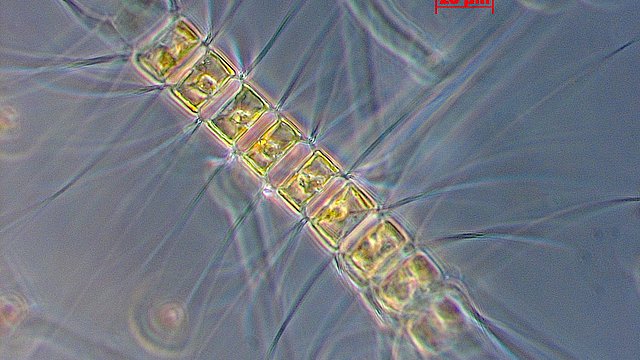
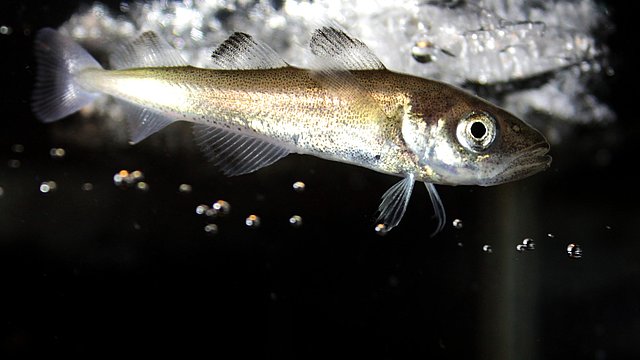
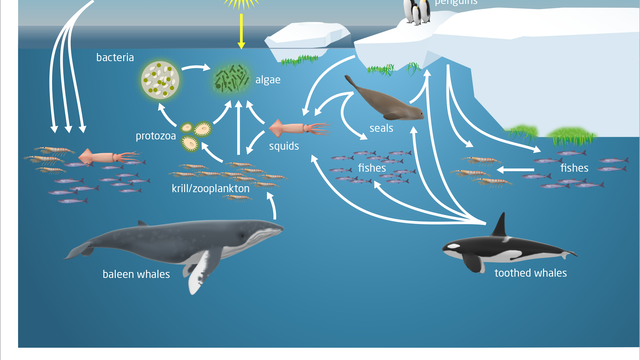
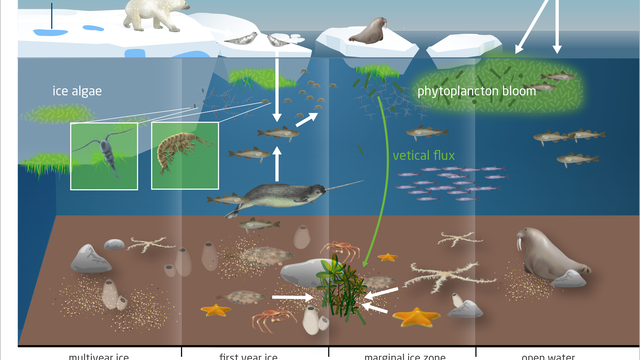
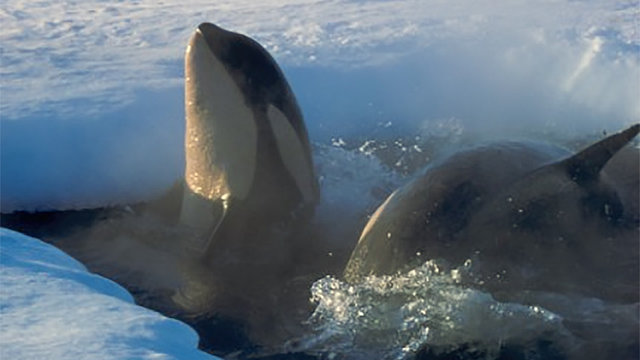
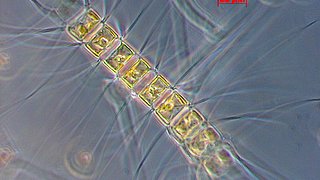
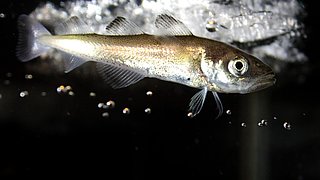
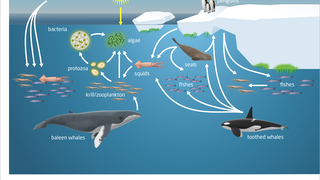
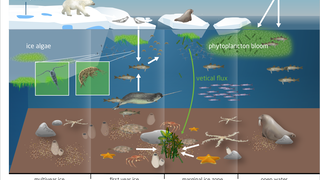
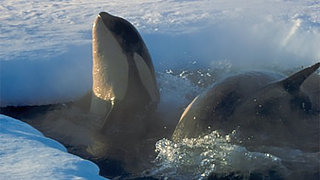

![[Translate to English:] Orcas near the Antarctic Peninsula](/fileadmin/_processed_/f/4/csm_Schwertwale_Orcas_Robert_McGlone_e18720b346.jpg)